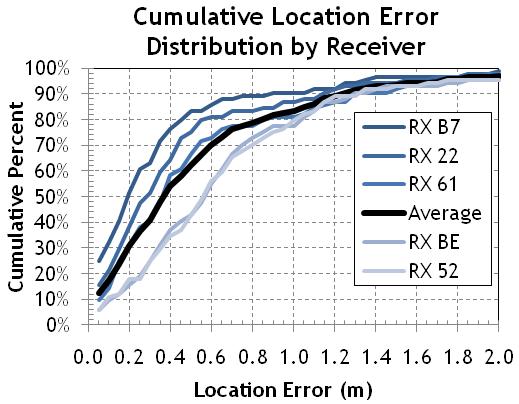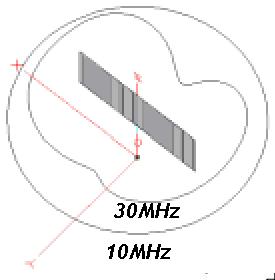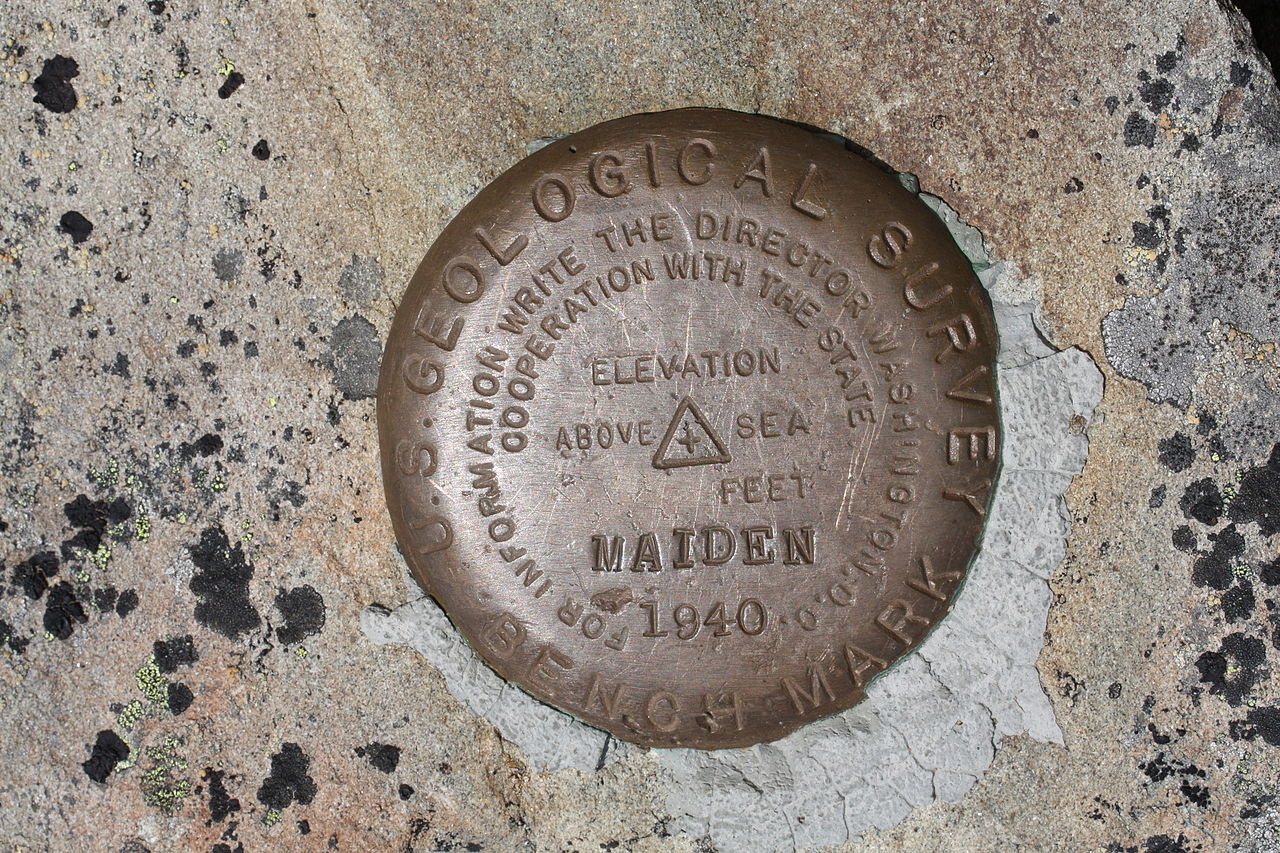I’ll be presenting a poster, “Characterization of Error in a Near-Field Electromagnetic Ranging Real-Time Location System,” at the 2011 IEEE Radio and Wireless Symposium this afternoon at 13:30 in the Solano ballroom. My collaborators, John Unden, Chris Weil (now at Georgia Tech), and I collected and analyzed over four hundred individual measurements of a Near-Field Electromagnetic Ranging (NFER®) Real-Time Location System (RTLS). The system operated over ranges from 1.41m to 23.4m and the bulk of the points were taken “through wall” in a non-line-of-sight configuration. We found some interesting behavior:
- Transverse and ranging error were comparable, 35.5cm and 34.4cm on average, for a total location error of 55.1cm on average. These error values are on a per receiver basis, and will tend to reduce by 1 / Sqrt(N) as measurements from N receivers are combined to yield a solution.
- Error was only weakly range dependent (correlation or “r^2″ ~ 0.1). NFER® RTLS exhibits behavior analogous to a “capture effect” in which accurate tracking occurs wherever there is adequate SNR to support phase measurement.

- Q-Track’s fifth generation NFER® RTLS yields location solutions accurate to within 1.2m 90% of the time.

This video illustrates the tracking capability of NFER® RTLS within the complicated RF propagation environment of a nuclear facility:



